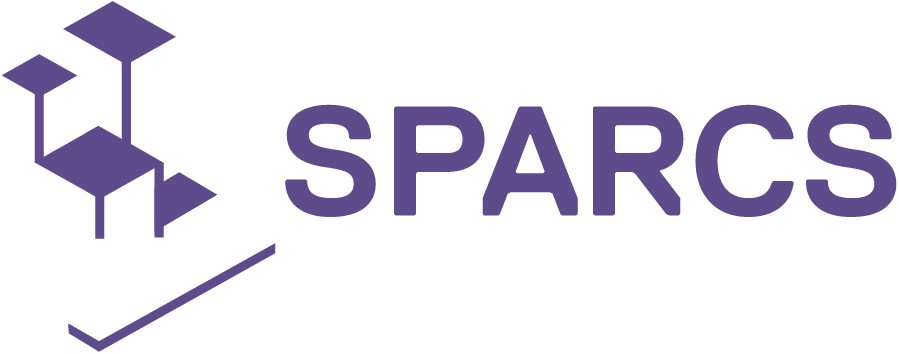D3.5 EV mobility integration and its impacts in Espoo
The deliverable 3.5 EV mobility integration and its impact in Espoo is the final deliverable of the actions targeted at electric mobility in the SPARCS project in Espoo. The SPARCS project is mainly focused on the development of the three demo sites in Espoonlahti, Leppävaara and Kera. When it comes to the mobility related activities, the main target has been to develop the demo sites as e-mobility hubs and boost the uptake of electric mobility in the city. A variety of actions have been carried out in order to reach the target; some actions are clearly related to a certain demo site while other activities are more general in nature or relate to the macro level of the whole city. Fast charging infrastructure for buses operating in the Leppävaara/Sello area was installed already at an early phase of the project. The infrastructure allows for charging of up to 10 buses simultaneously, but it could be further extended and used for other user groups, too. Charging infrastructure for private vehicles have been installed in Espoonlahti/Lippulaiva and solutions for bikes (both conventional and electric) have also been actively promoted. Both Sello and Lippulaiva act as mobility hubs already now in their own areas. During the upcoming years, the extension of the metro line and the construction of the fast tram line will change the mobility patterns of the inhabitants and further increase the importance of the hubs. In order to support the upcoming developments and share and spread knowledge also outside the SPARCS partners, workshops have been arranged with different stakeholders and user groups of all ages.
Based on the outcomes of the workshops, the needs and pain points relating to various mobility modes and user groups have been crystallized and guidelines for the future have been formulated. The knowledge and understanding of topics related to e-mobility hubs, smart pricing of charging and vehicle-to-grid services have also been enhanced through literature reviews. In order to gain understanding of future scenarios with a higher uptake (up to 100%) of electric mobility solutions, simulation methods have been developed. The impact of all mobility modes on the grid has been analyzed by means of the simulations and different pricing schemes have been evaluated. By applying different pricing schemes within the simulation, the charging behaviour can be controlled e.g. to make the vehicles prefer charging during off-peak hours. Means to optimize the charging and minimize the costs at a given location have also been studied. The Kera area is planned to be a new residential area relying on smart and sustainable mobility solutions with a minimal need for private cars. The learnings and outcomes of all activities have been utilized to support the development of Kera, and the SPARCS mobility partners have actively participated in the planning phase. This report describes all activities carried out and the main results so far. The report is structured according to the project plan, going through each demo site one by one and concluding with the macro level activities.

